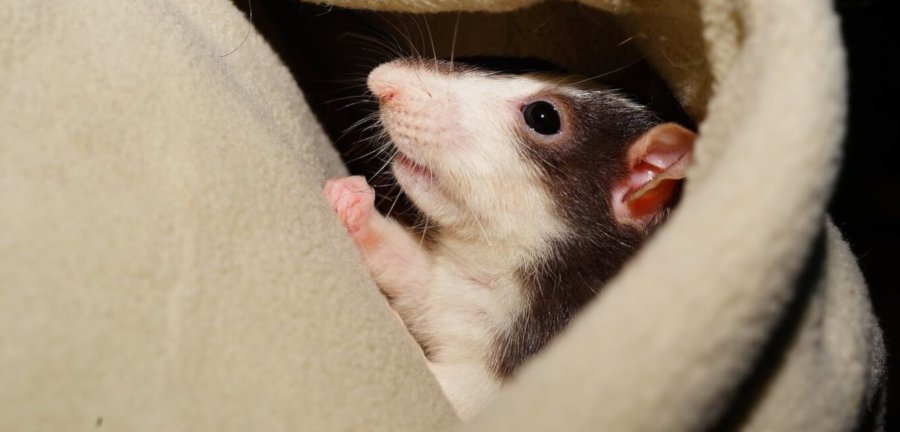Is it any wonder that rats are the first animal in the Chinese zodiac—or that they’re being celebrated in 2020, the Year of the Rat?
Intelligent and inquisitive, they’re quick studies with sharp memories: Once they figure out a route, they never forget it. They’re also affectionate and empathetic—they fall in love and react when others are in pain—and they’ll risk their lives for their families. They’re loving parents, too. A mother will dip her paws in cool water and then gently smooth the fur on her babies’ faces.
Rats not only enjoy being with each other but also are fond of humans. They love massages and getting scratched behind their ears and have been known to snuggle up for a good cuddle. If they’re suddenly given away or forgotten, they can pine away—and even die.
Except for their size, these admirable animals aren’t so different from the dogs and cats who share our homes.
 © iStock.com/Inessal
© iStock.com/InessalUnlike those companion animals, more than 100 million rats and mice are tortured and killed every year in laboratories across the U.S. They’re poisoned, burned, and psychologically traumatized. Their spines are slashed, and their skulls are cut open. They’re forced to climb ladders with weights taped to their tails, put in ice baths until they pass out, and dropped into inescapable containers filled with water until, panicked and exhausted, they start to float.
These experiments are cruel and costly, and the results are generally inapplicable to humans. That’s why forward-thinking scientists are replacing the experiments with in vitro testing, computer modeling, human-patient simulators, and other sophisticated, humane, non-animal methods to study diseases and test products.
Rats aren’t laboratory equipment—they’re unique individuals who experience fear and feel pain as much as dogs and cats do. Visit PETA’s action alerts page to urge universities, corporations, and the government to stop torturing them, and then take the pledge to be cruelty-free!





